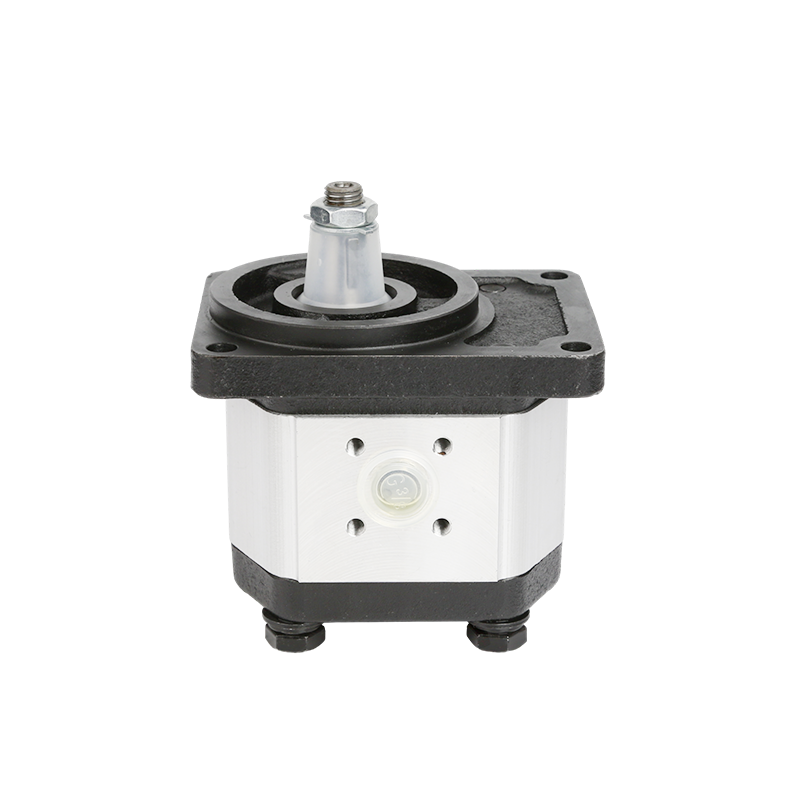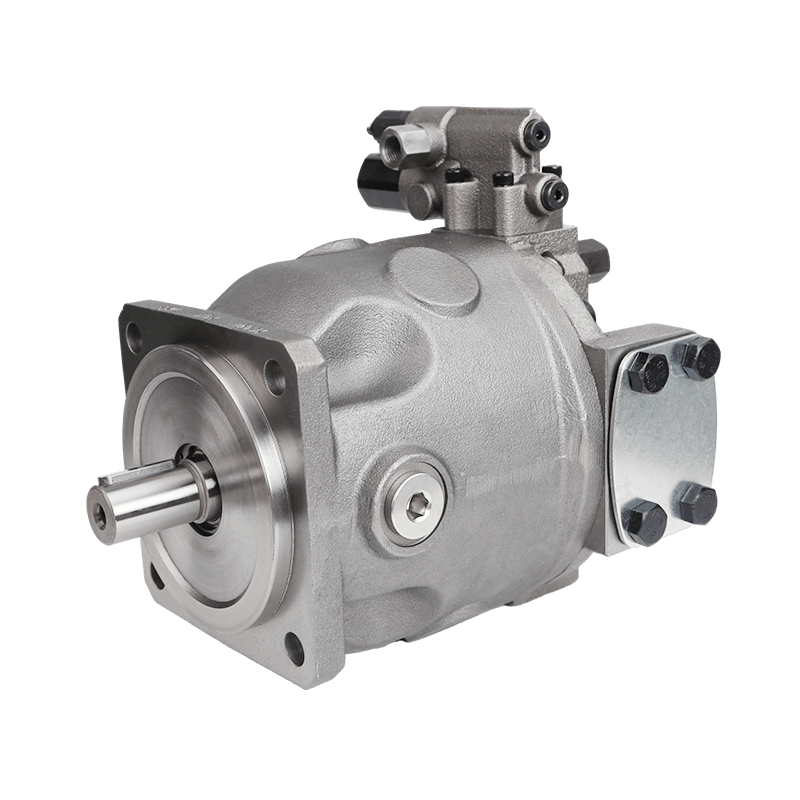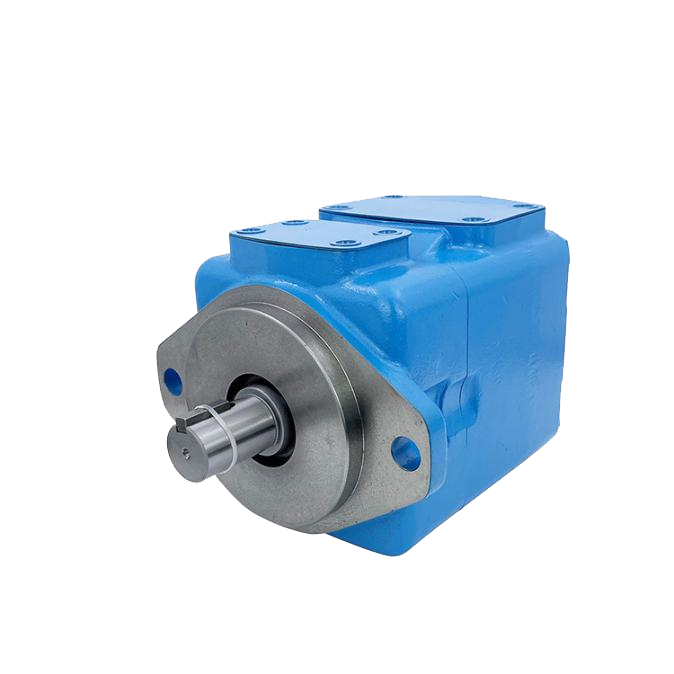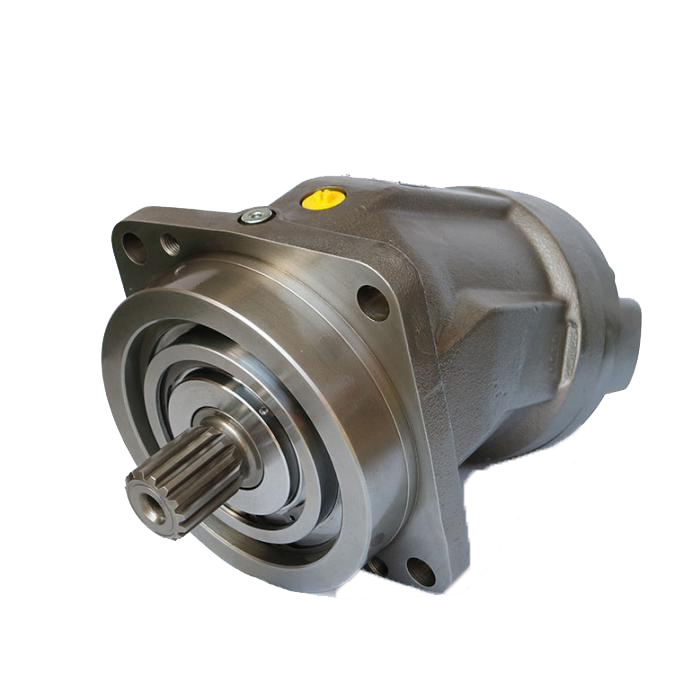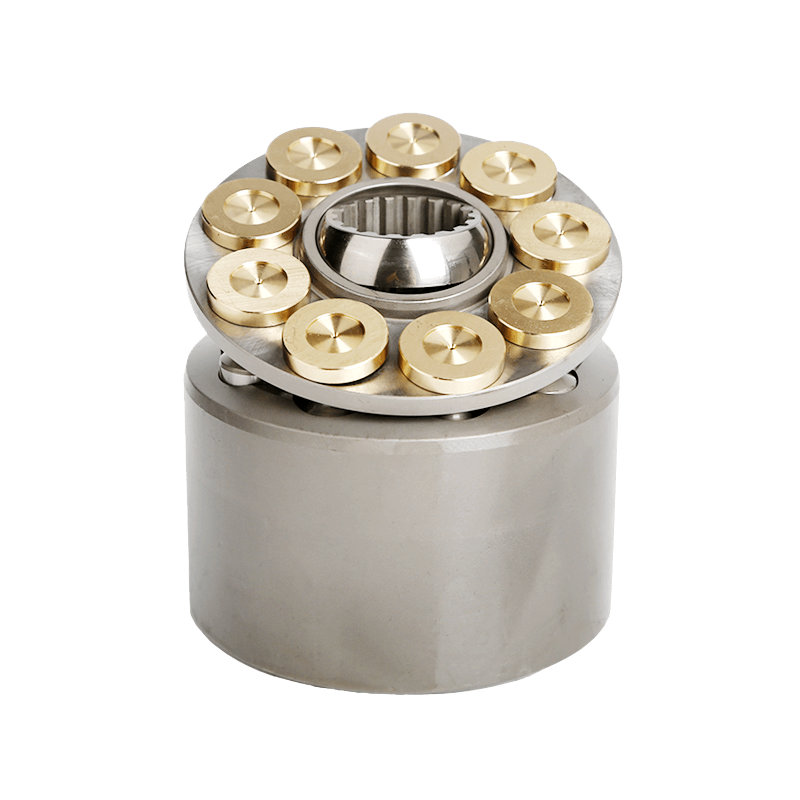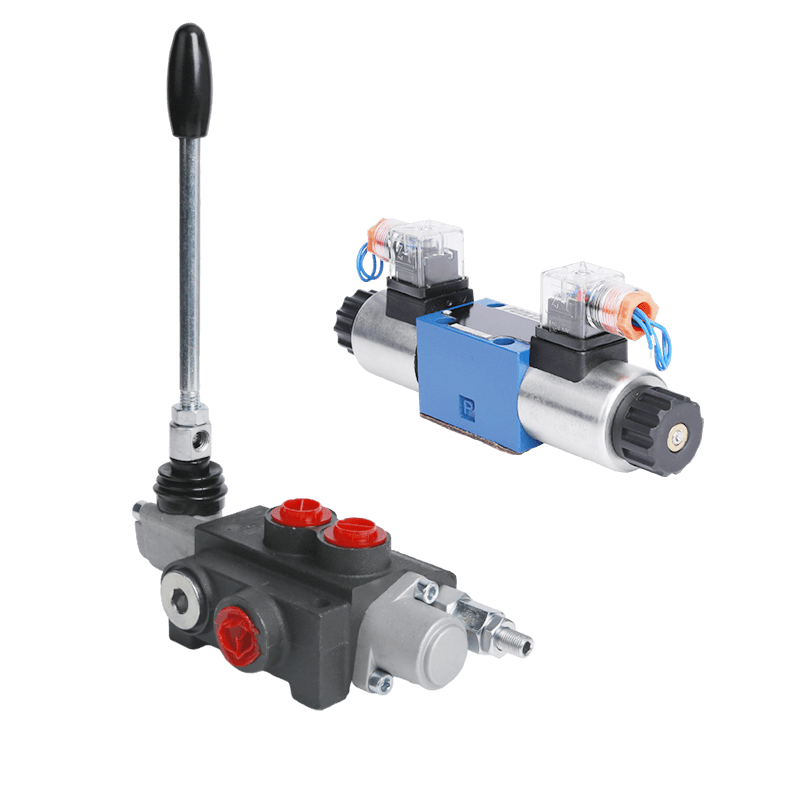Overview of Positive Displacement Pumps
The Job of Positive Displacement Pumps in Moving Liquids
Positive displacement pumps are super important for moving liquids in many industries. They work by grabbing a set amount of liquid and pushing it out through the pump’s exit. These pumps can handle thick liquids and keep a steady flow, even if pressure changes. This makes them perfect for jobs needing exact liquid control. You’ll find them in places like chemical plants, oil and gas fields, food factories, and medicine-making companies.
Main Features of Positive Displacement Pump Tech
Positive displacement pumps are known for being trusty and efficient. They can work under high pressure and keep liquid flowing smoothly. This is key for tasks that need precision. They handle all kinds of liquids, from thin ones like water to thick ones like syrup. Plus, these pumps can start on their own and manage gases or bits of solid stuff without breaking down.
Introduction to Gear and Vane Pumps
What Are Gear and Vane Pumps?

Gear pumps and vane pumps are two popular kinds of positive displacement pumps. A gear pump uses two gears that fit together to move liquid. A vane pump uses flat blades, called vanes, that slide in and out of a spinning part called a rotor. Both types move a set amount of liquid with each spin, making them great for jobs where accuracy matters.
Common Uses for Gear and Vane Pumps
Gear pumps are often used in hydraulic systems, oil-lubrication setups, and fuel-moving tasks. Their tough build lets them handle high pressure. Vane pumps are great for smooth liquid flow in things like air conditioners, drink machines, and car power steering. Both are used a lot in industries like cars, airplanes, food making, and chemical plants.
How Gear Pumps Work
How Gear Pumps Move Liquid
Gear pumps work by using two gears that spin and mesh together. As the gears turn, they pull liquid into the spaces between their teeth from the inlet side. The liquid gets carried around the gears’ edges. Then, it’s pushed out when the gears mesh again at the outlet. This gives a steady flow with little shaking or pulsing.
Internal vs. External Gear Designs
Internal gear pumps have one gear inside a bigger gear, and both spin the same way. This setup is smooth at low speeds and great for thick liquids. External gear pumps use two matching gears that spin together in a case. They’re better for high-pressure jobs but can be a bit noisier than internal ones.
How Vane Pumps Work
How the Vane System Works
Vane pumps use a rotor with slots that hold flat blades, or vanes. When the rotor spins inside an off-center case, a force pushes the vanes out to touch the pump’s walls. This makes sealed spaces that grab liquid at the inlet. As the rotor keeps turning, these spaces get smaller toward the outlet, pushing the liquid out with pressure.
Flow Spaces and Liquid Movement in Vane Pumps
The design of vane pumps makes sure each spin moves a set amount of liquid. The off-center setup creates spaces that change size as the rotor turns. This lets vane pumps give a smooth flow with little shaking. They stay steady even when the system’s demands change, making them super reliable for sensitive tasks.
Advantages of Gear Pumps
Simple Design with Few Moving Parts
Gear pumps are loved for their easy, sturdy design. They have just a few moving parts, which makes them simple to fix and super reliable. The gears fit together tightly, so the pump is less likely to break down. This simple setup is perfect for jobs needing steady work with little upkeep.
Tough Build for Hard Conditions
Gear pumps are built strong to handle tough jobs, like high pressure or hot temperatures. This makes them a must-have in places like oil and gas fields, where reliability is key. The materials used in gear pumps are picked to resist wear and rust, making them last longer.
Works with Many Liquids and Materials
Gear pumps can handle all sorts of liquids, from thin water to thick oils or syrups. They can be made to fit specific job needs. This flexibility makes them great for industries like food making or chemical plants.
High Efficiency with Tight Gaps
The tight gaps inside gear pumps make them super efficient. These gaps stop liquid from leaking inside the pump. This means more liquid gets moved with each spin. As a result, gear pumps use less energy and give steady flow, making them a smart choice for moving liquids.
Advantages of Vane Pumps

Self-Adjusting Vanes for Long Life
Vane pumps have vanes that adjust themselves as they wear down. They keep touching the pump’s walls properly. This self-fixing feature makes the pump last longer and work well. It also cuts down on fix-up time and costs, making vane pumps very dependable.
Steady Work Over Long Periods
The design of vane pumps keeps them working well for a long time. The sealed spaces made by the vanes move a set amount of liquid each time. This gives steady flow, no matter the conditions. This makes vane pumps great for jobs needing long-term reliability.
Less Wear with Between-Bearing Design
Vane pumps have a design that spreads out mechanical stress evenly. This cuts down wear on parts inside. It makes the pump last longer and need fewer fixes.
Can Run Dry and Start on Their Own
Vane pumps can work without liquid for a bit and start pumping on their own. This makes them handy for many liquid-moving jobs, as they don’t need extra help to get going.
Strong Suction for Better Liquid Recovery
Vane pumps have great suction power. This helps them pull leftover liquid from tanks or pipes. This is super helpful in industries where wasting liquid isn’t okay.
Handles All Kinds of Liquids
Vane pumps can move thin liquids like solvents or thick ones like oils. Their flexibility makes them useful for many different jobs without losing performance.
Shared Benefits of Gear and Vane Pumps

Reliable in Changing Systems
Both gear and vane pumps are super reliable, even when pressure or flow changes. Their positive displacement design ensures steady output, no matter what’s happening in the system.
Flexible Sealing and Two-Way Operation
Gear and vane pumps offer different sealing options to handle various liquids without leaks. They can also work in both directions, making them great for complex systems.
Works with Different Materials and Temperatures
Both pumps can be made from materials that fit specific job needs. They handle hot or cold conditions well because of their strong builds.
Smooth, Steady Flow
A big plus for gear and vane pumps is their smooth, shake-free flow. This reduces messiness in the system and ensures exact liquid handling.
Things to Think About When Choosing a Pump
Checking Liquid Types for Best Pump Choice
When picking between a gear pump and a vane pump, look at the liquid’s properties. Things like thickness, temperature, and chemical makeup matter a lot in choosing the right pump.
Checking System Needs for Fit
Think about your system’s needs when choosing a pump. Look at pressure levels, flow needs, and space limits. These help decide if a gear pump or vane pump works better for the job.
POOCCA offers a big range of gear pump and vane pump solutions made just for you. With over 20 years of experience in hydraulic systems, POOCCA gives factory-direct prices, quick shipping, and custom options for products, logos, and branding. They promise quality with a 12-month guarantee. Contact POOCCA today to learn how their custom services can meet your needs!

